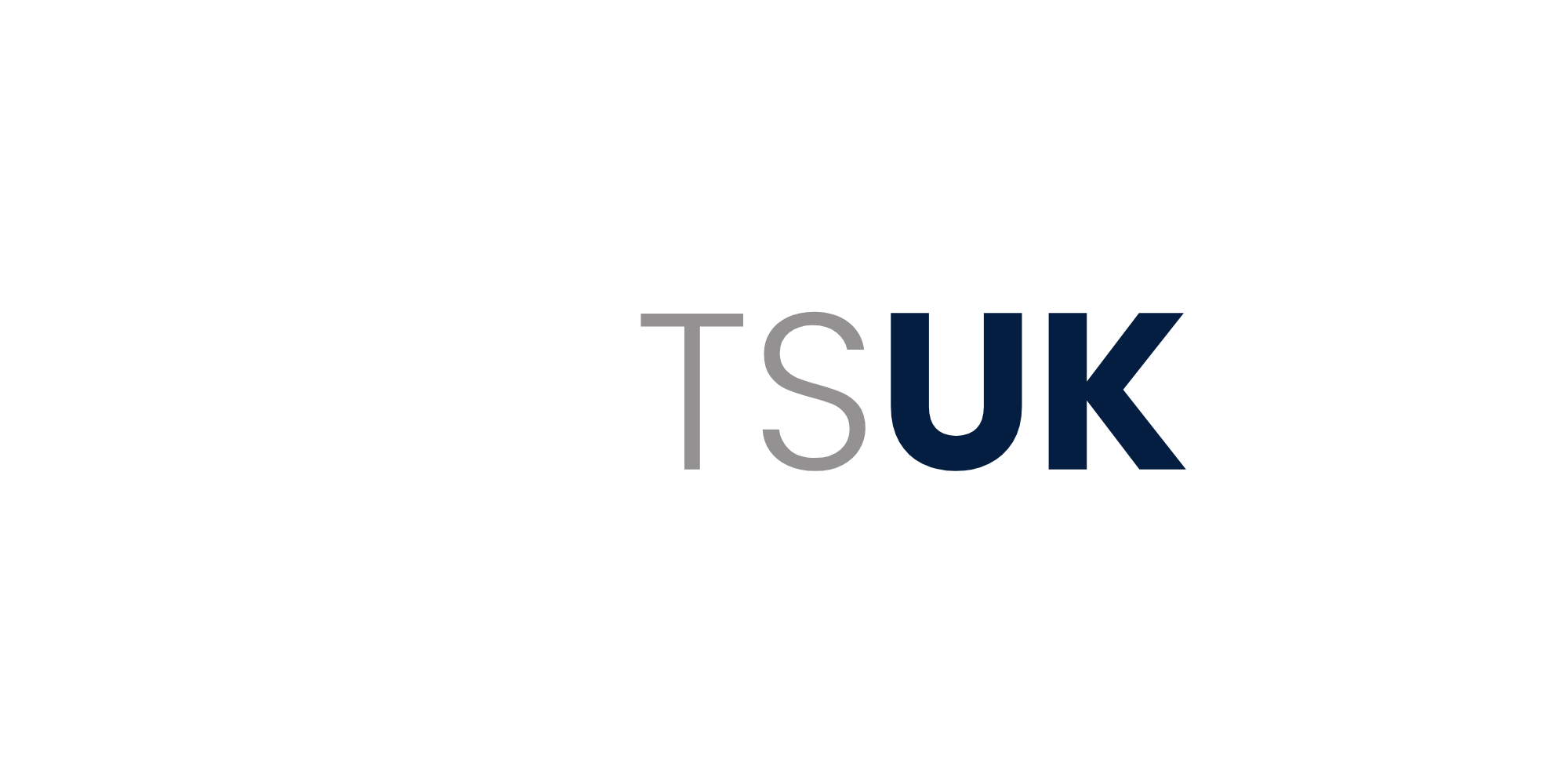RFID in the Real World: Case Studies and Success Stories
RFID in the Real World: Case Studies and Success Stories
Radio Frequency Identification (RFID) technology has made a significant impact on a wide range of industries, from retail and manufacturing to healthcare and logistics. In this blog post, we will explore three real-world examples of how RFID is being used to improve efficiency, reduce costs, and enhance customer experience.
Case Study 1: Tesco's RFID Inventory Management System
Tesco, one of the largest supermarket chains in the United Kingdom, has been a pioneer in the adoption of RFID technology. In 2003, the company began using RFID tags to track inventory in its stores. This system has helped Tesco to improve its inventory accuracy, reduce shrinkage, and optimise its supply chain. As a result, Tesco has been able to save millions of pounds each year.
-
Inventory accuracy has improved from 65%-75% to 93%-99% with the adoption of RFID systems.
-
RFID-enabled stock availability often reaches the high 90% range.
-
RFID has been shown to reduce inventory-related labor hours by 10-15%.
Case Study 2: Royal Mail's RFID Package Tracking System
Royal Mail, the United Kingdom's postal service, uses RFID tags to track packages throughout their entire journey, from the moment they are collected to the moment they are delivered. This system allows Royal Mail to provide real-time tracking information to its customers, and to ensure that packages are delivered on time and in good condition.
Case Study 3: Keonn's RFID Solution for Retail
Keonn, an RFID solutions provider, has partnered with several major UK retailers, including John Lewis, Boots, and Sainsbury's, to implement its RFID solutions. These solutions allow retailers to track inventory in real time, to personalise the shopping experience, and to enhance asset management.
These are just a few examples of how RFID is being used in the real world in the United Kingdom. As RFID technology continues to develop, we can expect to see even more innovative and groundbreaking applications in the years to come.
Additional Benefits of RFID
In addition to the benefits mentioned in the case studies above, RFID technology can also provide the following benefits:
- Reduced labour costs: RFID can automate many tasks that are currently performed manually, such as inventory tracking and data entry. This can save businesses a significant amount of money on labour costs.
- Improved decision-making: RFID data can be used to make better decisions about inventory levels, supply chain management, and asset utilisation.
- Enhanced security: RFID tags can be used to track and secure valuable assets, such as medical equipment and electronics.
Conclusion
RFID is a versatile and powerful technology that can be used to improve efficiency, reduce costs, and enhance customer experience in a wide range of industries. As RFID technology continues to develop, we can expect to see even more innovative and groundbreaking applications in the years to come.
I hope this blog post was informative and helpful. Please let us know if you have any questions.


Comments